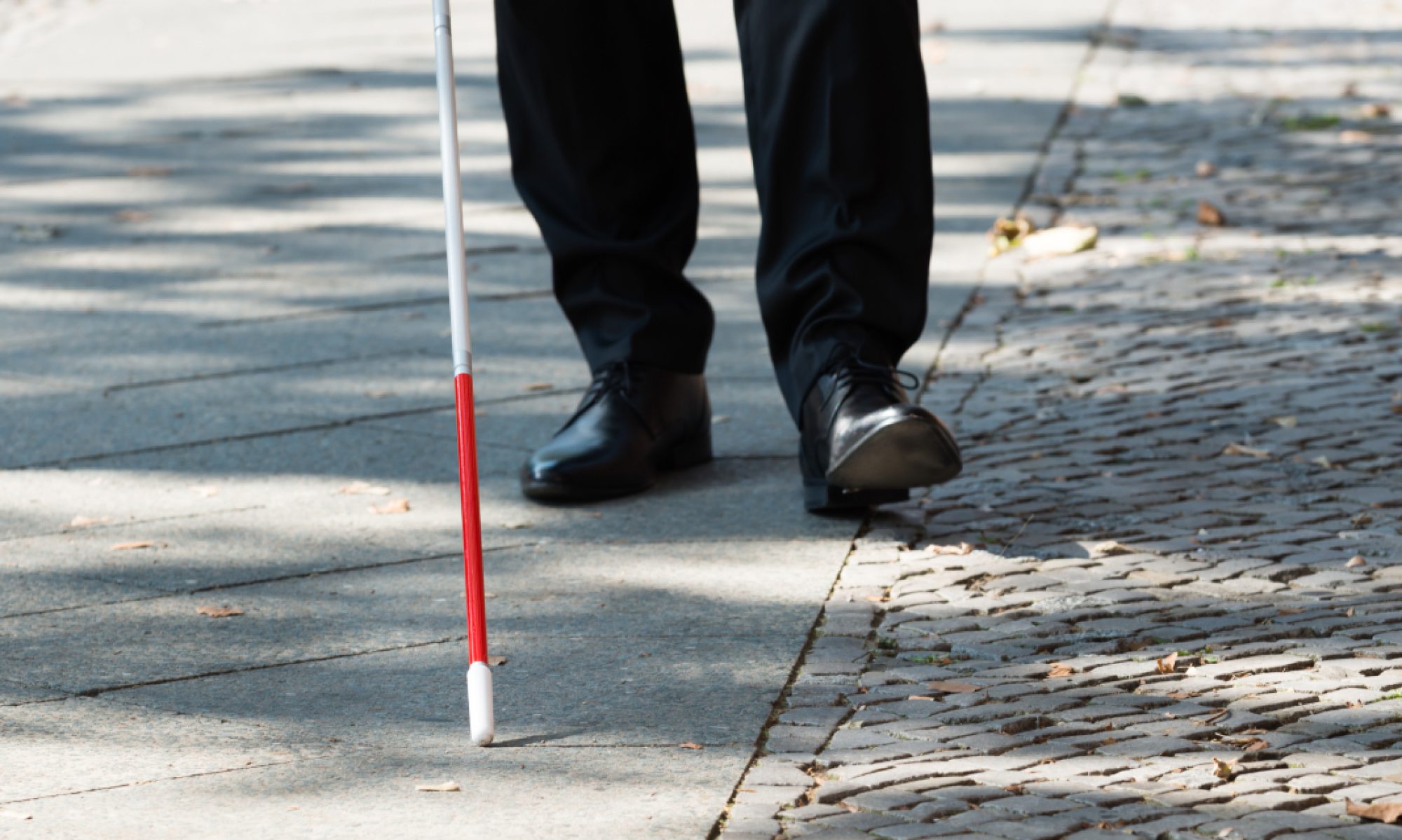Risks:
Only risk would be if the software libraries we choose are not compatible with all of our devices.
Changes:
No changes in the plan yet. We plan on starting the initialization of our technical devices this week.
A was written by Cynthia, B was written by Maya, and C was written by Kaya.
A: With regards to public health, CurbAlert can improve the mental well-being of our users by increasing their confidence and independence with navigation, along with reducing the stress related to mobility challenges when both support and a white cane is needed. The safety of our disabled users will also be improved with CurbAlert, since its main purpose is to prevent falls and collisions by detection obstacles and providing feedback with enough time to take action. So, the product will both provide support to help keep injured or elderly individuals from falling and warning and feedback to prevent collisions and other injuries with objects, walls, or stairs. By being a practical, everyday tool that provides independence and accessibility, our project improves overall welfare, ensuring that individuals with mobility impairments can navigate more freely and safely.
B: Our inspiration for this project was a family friend of mine that was recently injured, and has to walk with a walking cane, but also has to walk with a blind cane. She was expressing to me how difficult it was for her to live a normal life because she can’t get around very well at all. After talking to my group about this project, I decided to call and get her opinion on possible design choices and what the most important features were for her. She said she wants the ability to navigate safely in unfamiliar environments without feeling overwhelmed or dependent on others for guidance. We believe our cane will be a form of advocacy for individuals who feel that they have lost their independence or ability to have any form of social life because of the limitations that 2 canes provide. We also believe that our cane can provide blind people with more workplace accessibility, and more opportunities for employment.
C. Economically, most of the devices we are using are recycled devices from last semester. These recycled deices include the F515 Camera and the Jetson Nano. After these devices, we chose our cane based off of affordability and usability as we choose the cheapest cane that matches our needs. This will allow us to sell the cane at an affordable price. For production/distribution, we would plan on making these canes in bulk such that we could lower the price of these canes. Our main goal is to have our cane be accessible to people of any income.
